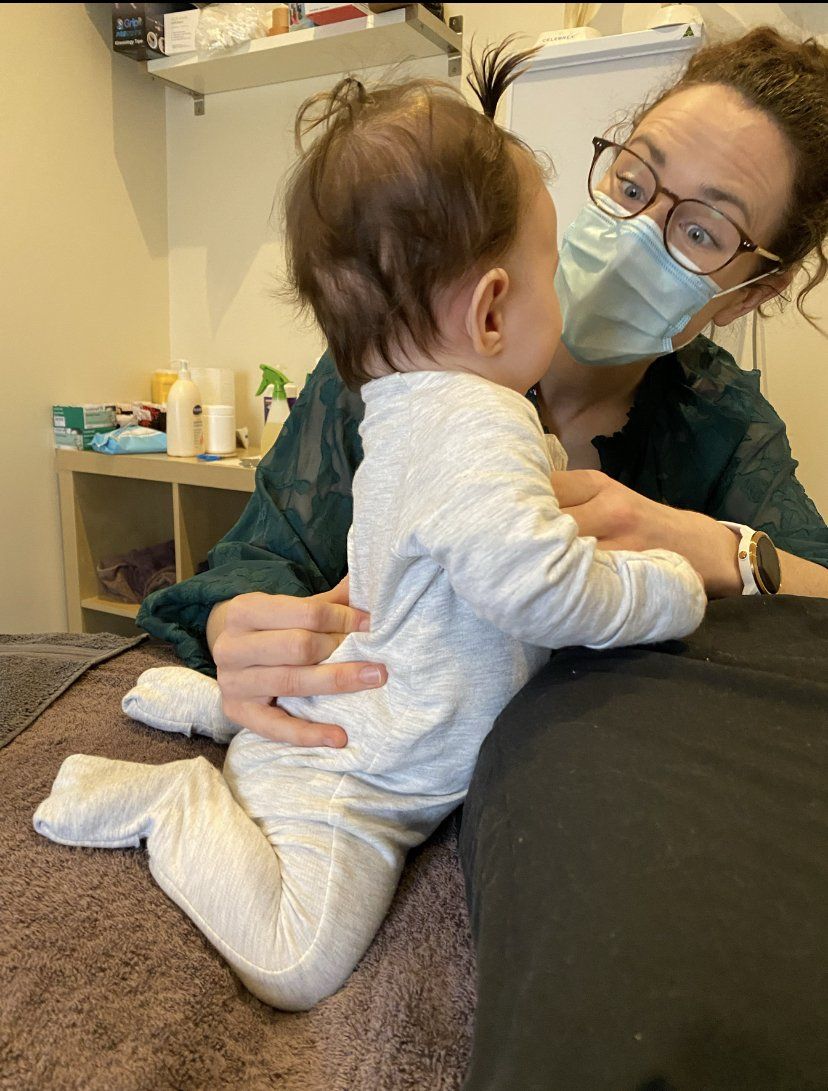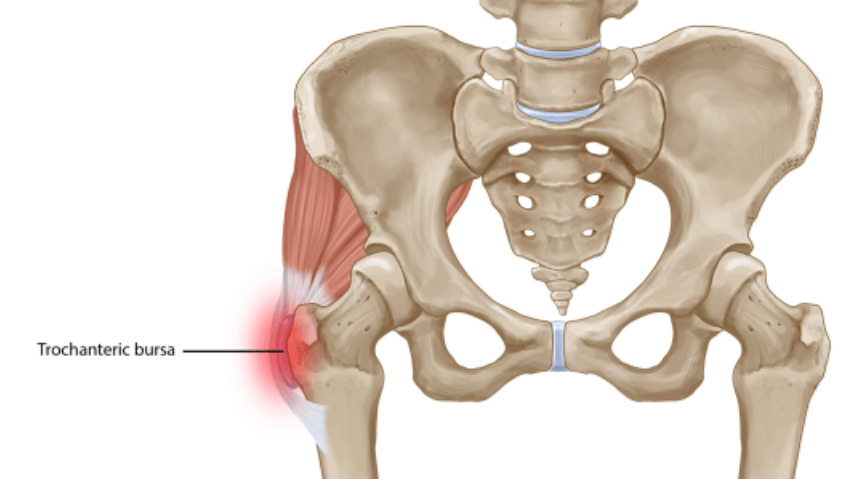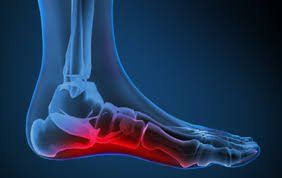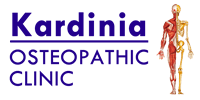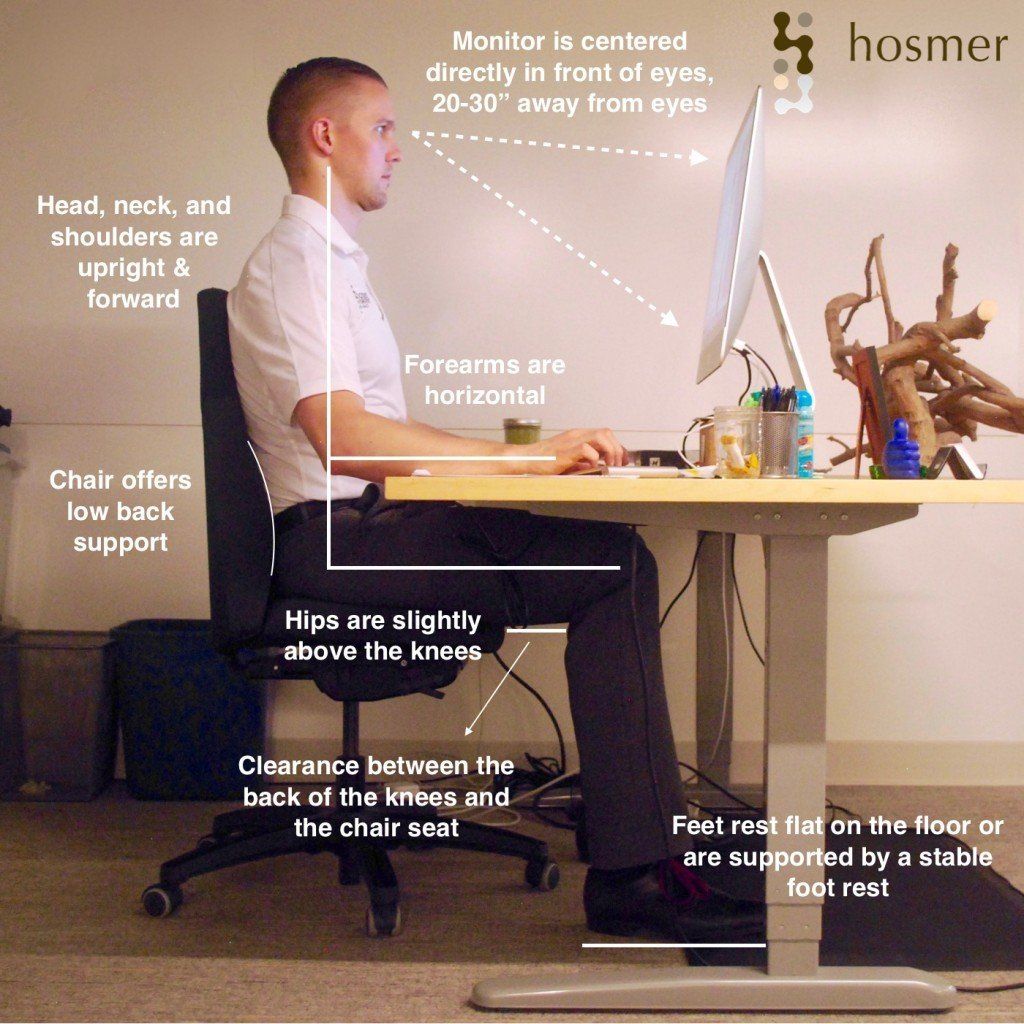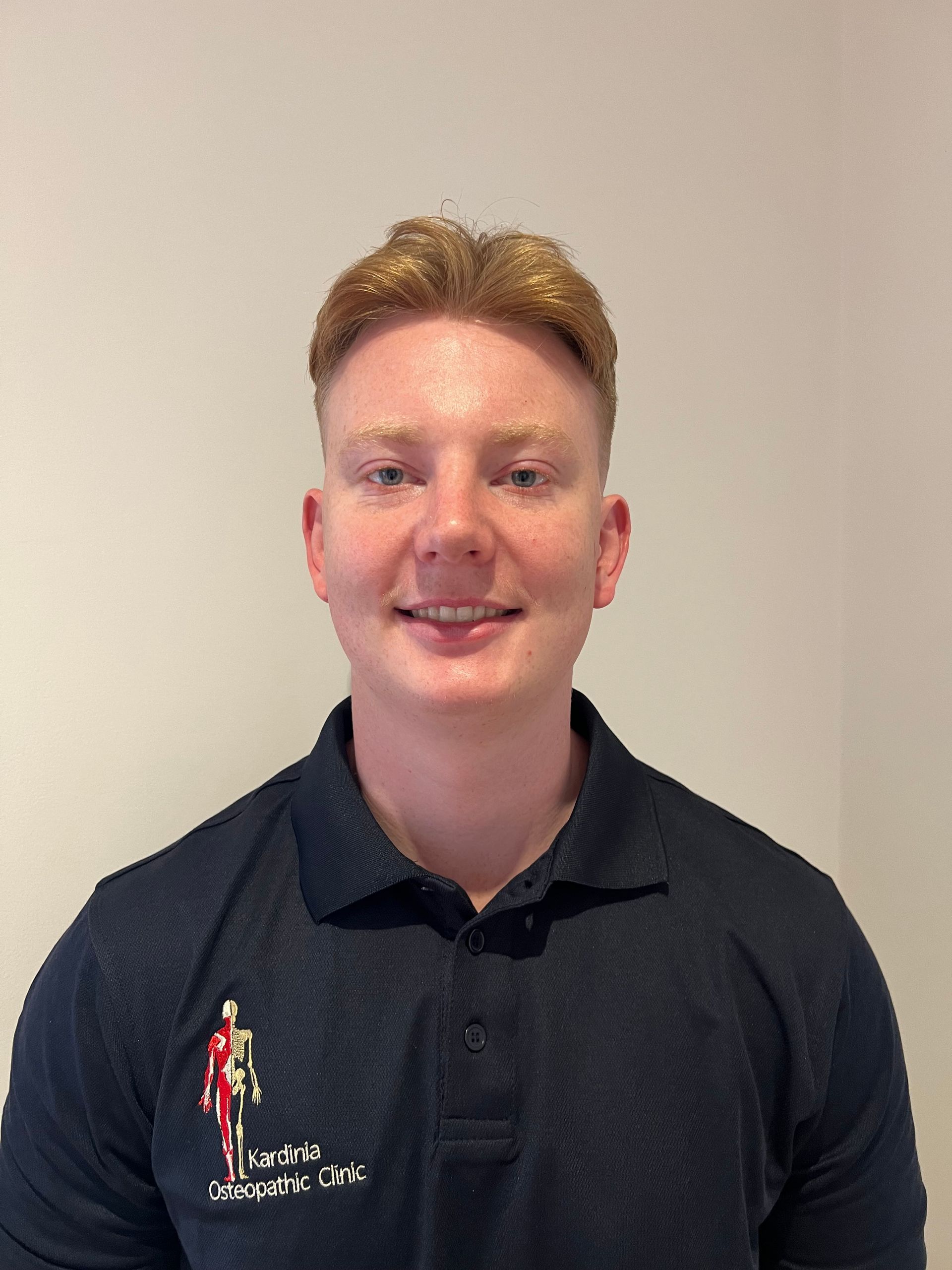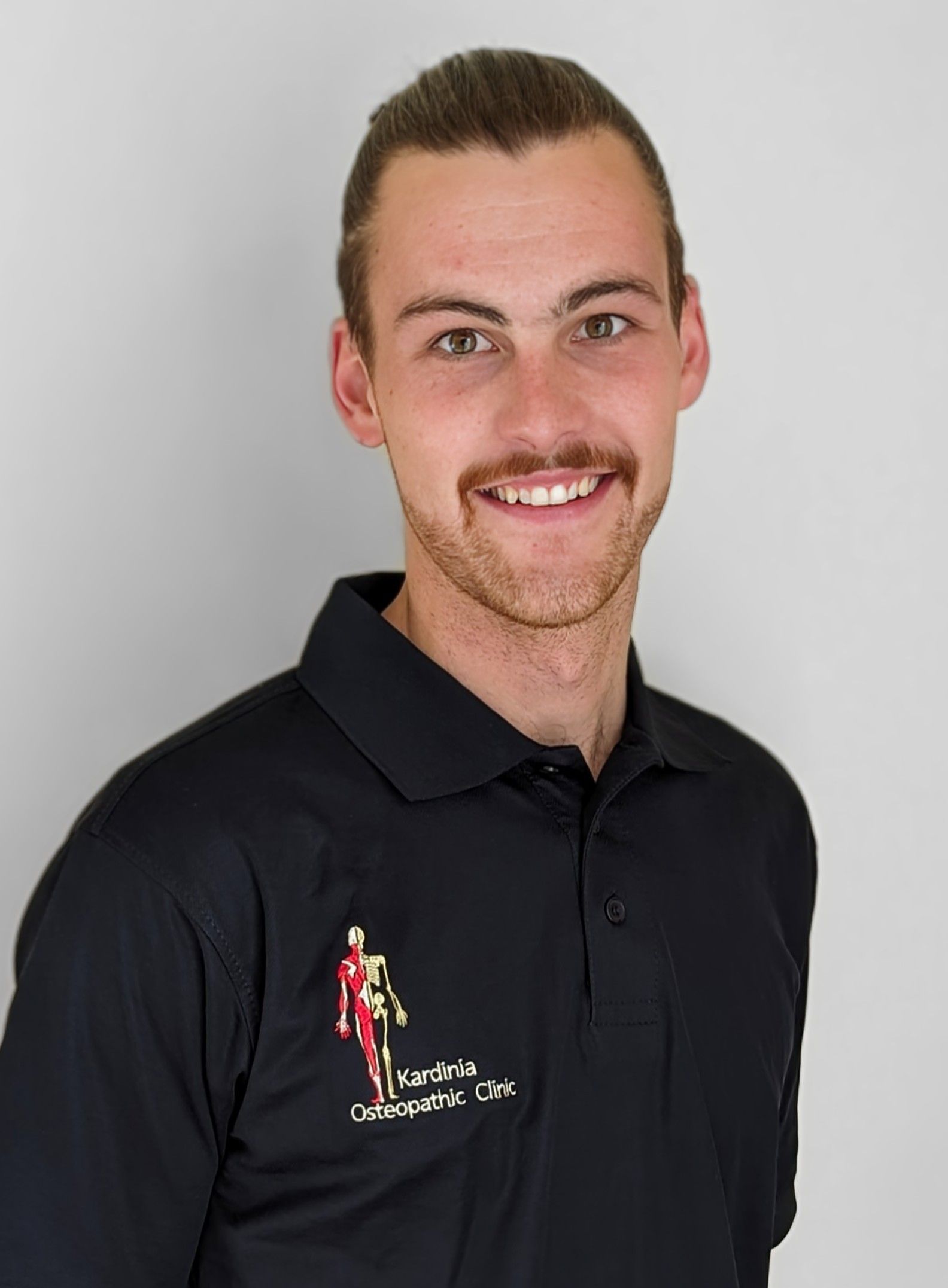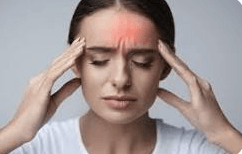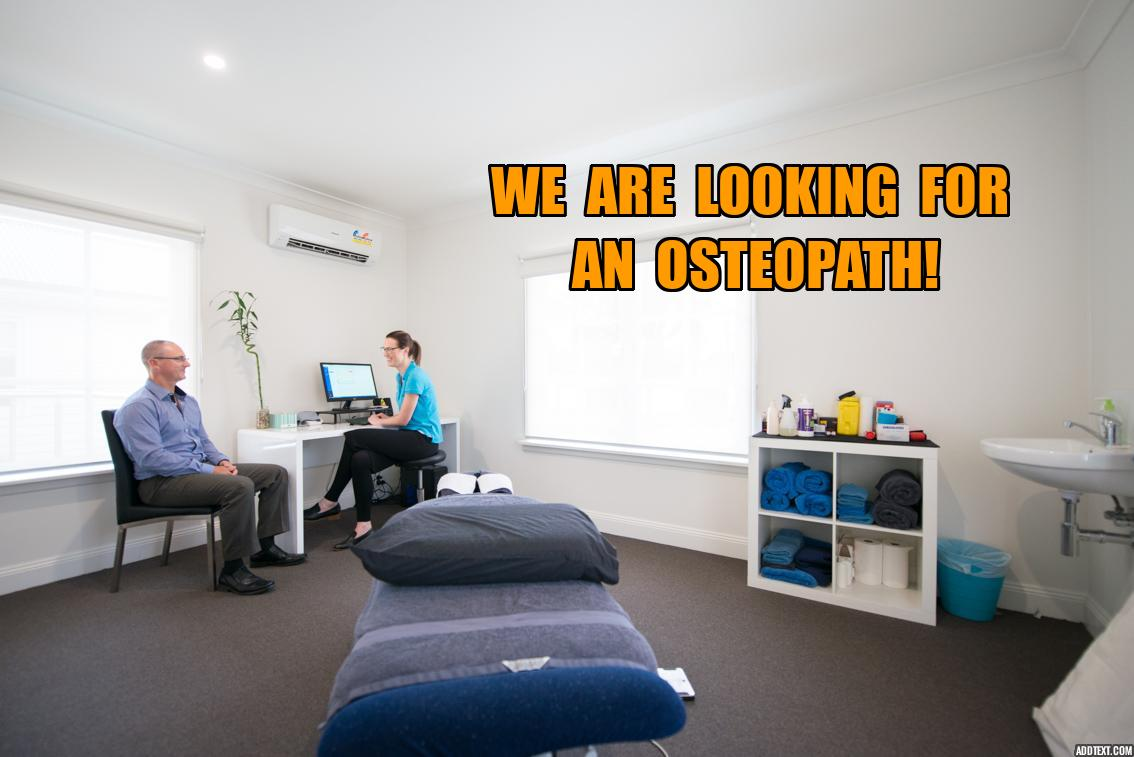Desk Set Up
How do I stop getting sore whilst sitting at the desk?
The Desk Worker’s Drama-“My neck, my back, my joints always crack”.
I tend to see a lot of people in the clinic who have become very tight through the neck and shoulders. Very often this is a result of being in front of a desk for countless hours every week. While good posture and desk set up is important, it doesn’t make you immune to a stiff neck or tight shoulders. Statically holding the same position for the majority of the day can cause muscle and joint issues in a lot of people, who may end up feeling like treatment could benefit them. This can be from what is known as a "postural strain".
A phenomenon known as soft tissue creep involves structures of the body slowly “giving in” under prolonged loading. Imagine a sapling which has been bent out of shape for a period of time. The longer it is misshapen, the less it will spring back into place. Your body is similar, in that the longer you maintain the same position, the more the tissues under load (e.g. muscles, ligaments) will become stretched and sore. Hence, having regular “breaks” for your body by adjusting your position, stretching the shoulders, or moving your neck can go a long way in avoiding that “end of the day” soreness.
It is not uncommon to hear of office workers having sit-stand desks as a way of reducing musculoskeletal issues, however there is still debate as to whether this actually occurs (1). However, even patients who have sit-stand desks still find they have very tight muscles around the neck and shoulders when seeking treatment. So as a practitioner I focus a lot on soft tissue work, stretching and postural adjustments. But this isn’t all that we will focus on by assisting you with home exercises and advising you on the ergonomics of your work station.
A generally accepted good ergonomic desk set up involves having a computer screen at eye height or the bridge of the nose and the elbows, hips and knees all at 90 degrees, as well as maintaining an upright position. Neck and shoulder positioning has been found to be affected by desk set up (2), and can also be associated with conditions beyond just postural strains. One feature of poor desk posture can be rounding of the shoulders, which increases the likelihood of a shoulder impingement occurring (3).
Shoulder impingement syndrome is the most common shoulder condition I see and a lot of these patients are often desk workers. Co-incidence? I think not. Exercises that can help are those based on the strengthening of the shoulders and the postural muscles of the back whilst opening up and stretching the chest muscles to reduce rounding of the shoulders. These are particularly important to help “reset” your posture. As beneficial as it can be to see your osteopath for hands on treatment, the real value may be in gaining knowledge about what you can do to help reduce the pain and tightness in your neck and shoulders while working at your desk. Its great to be able to help you feel and move better, but its even better to avoid it happening in the first place.
If you have any questions about whether we can help you, give Kardinia Osteopathic Clinic a call on 5221 1877 and speak to one of our helpful practitioners!

